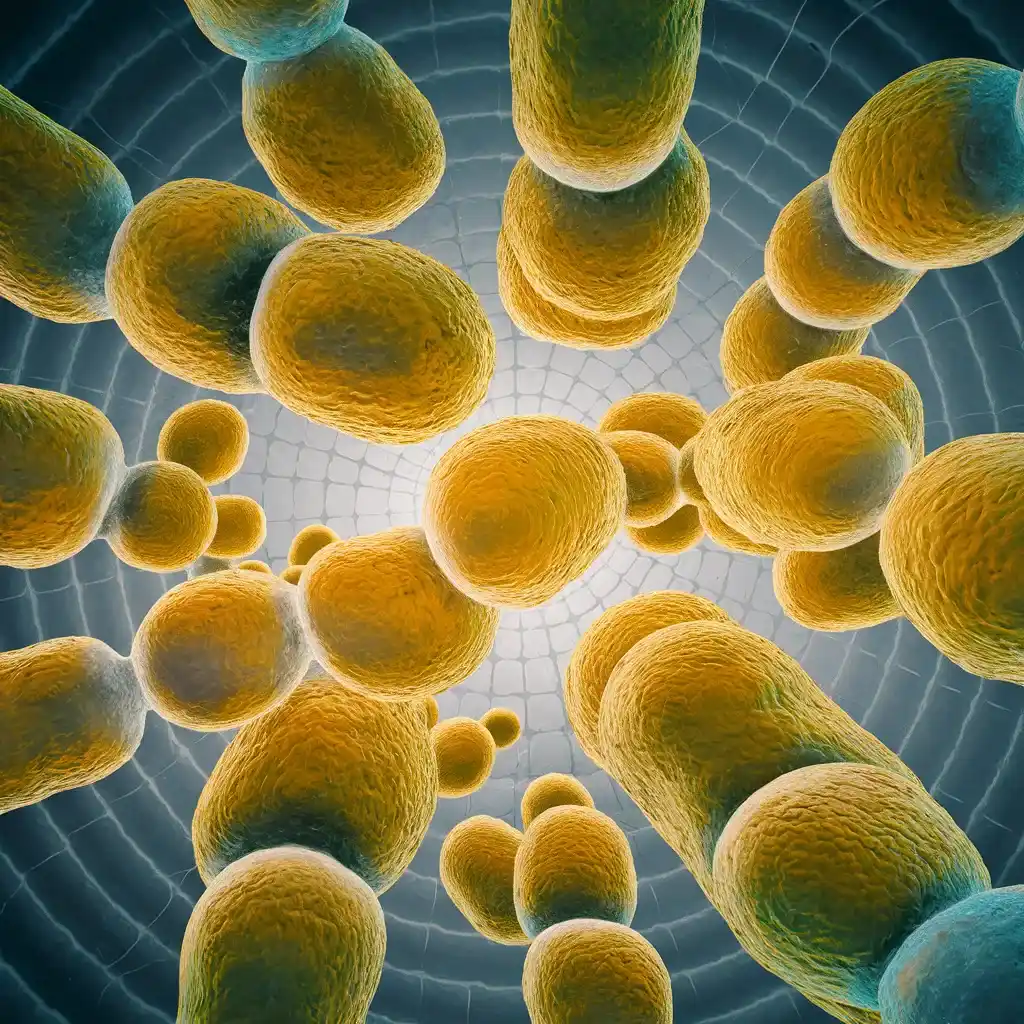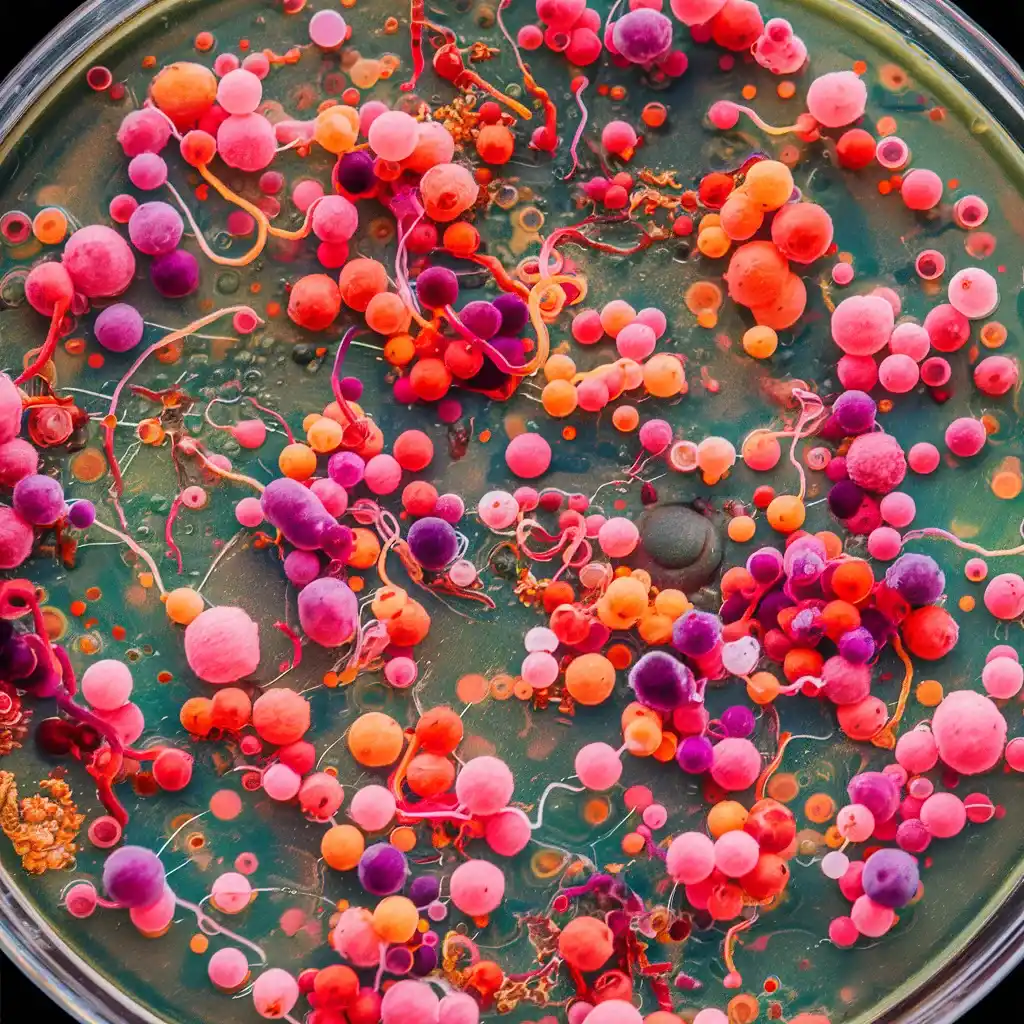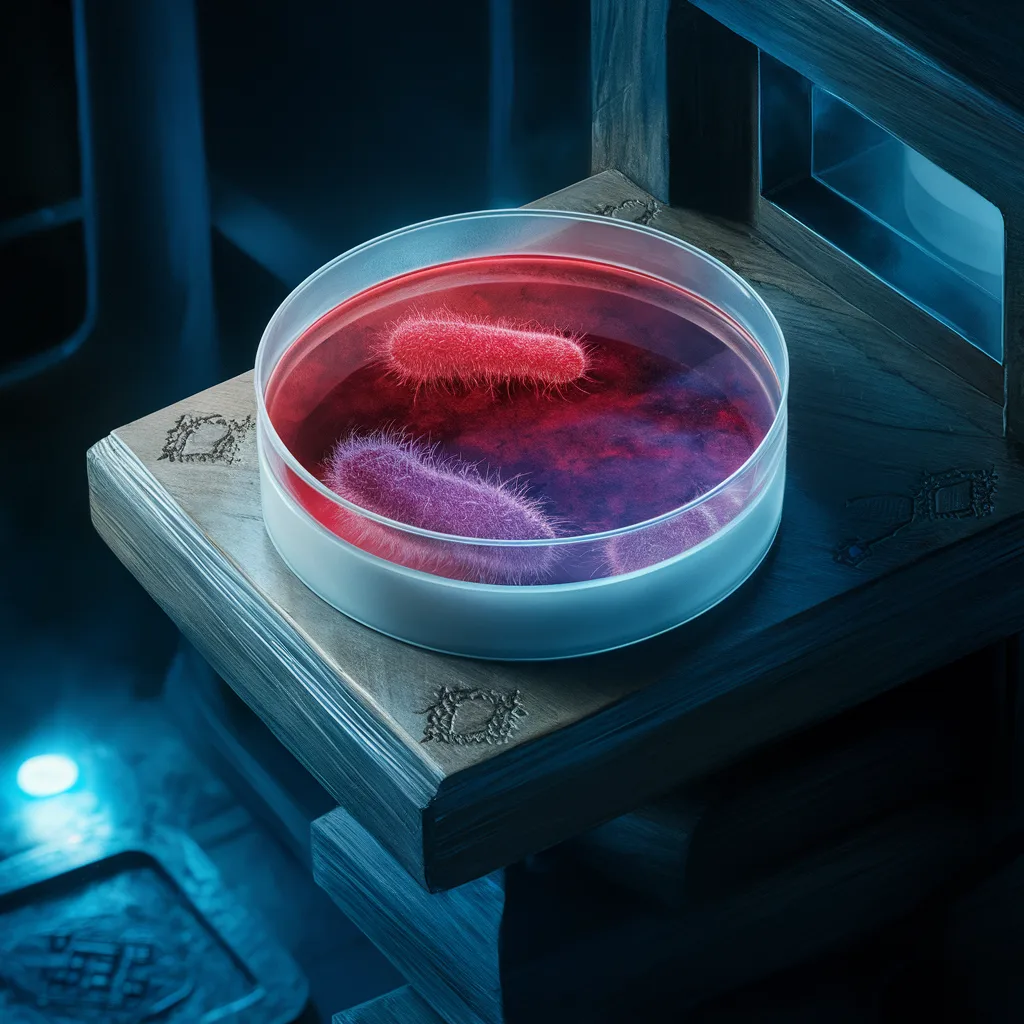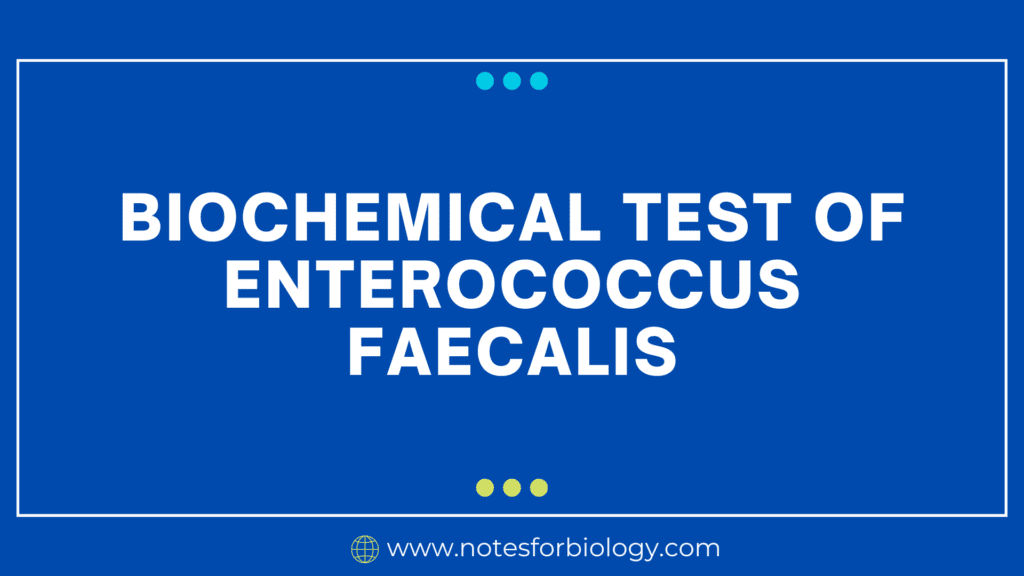Enterococcus faecalis is a Gram-positive bacteria that is naturally found in the human gastrointestinal tract. However, it can also be an opportunistic pathogen, causing illnesses such as urinary tract infections, bacteremia, endocarditis, and wound infections. Biochemical assays are necessary for detecting and distinguishing E. faecalis from other bacteria.
Table of Contents
What is Enterococcus faecalis?
Enterococcus faecalis is a Gram-positive bacteria found naturally in the human gastrointestinal tract. While it is usually innocuous in healthy people, it can lead to opportunistic infections, particularly in immunocompromised patients. Biochemical assays are necessary for detecting and distinguishing E. faecalis from other bacteria

Biochemical assays are critical for recognizing Enterococcus faecalis. Here are some of the main tests:
Growth on Bile Esculin Azide Agar (BEAA)
Enterococcus faecalis can grow on this selective medium, which contains bile salts to inhibit Gram-negative bacterial growth and azide to inhibit Gram-positive bacterial growth other than enterococci. This medium is selective for Enterococcus species. Bile salts hinder the growth of Gram-negative bacteria, whereas azide inhibits Gram-positive bacteria other than enterococci. Enterococcus faecalis can grow on this medium, creating colonies that can be identified by their distinctive appearance.

PYR Test (Pyrrolidonyl Arylamidase Test)
E. faecalis is PYR positive. It produces the enzyme pyrrolidonyl arylamidase, which hydrolyzes the substrate pyrrolidonyl-beta-naphthylamide, leading in a positive reaction marked by the emergence of a red hue. The PYR test detects the enzyme pyrrolidonyl arylamidase. A disk containing the substrate pyrrolidonyl-beta-naphthylamide is placed on filter paper or an agar plate that has been injected with the bacteria. If the bacteria possesses the enzyme, it will hydrolyze the substrate and produce beta-naphthylamine. This induces a color change in the presence of a certain reagent, usually p-dimethylaminocinnamaldehyde, which results in red. This test is quick and easy to complete.
Bile Esculin Test
In the presence of bile, E. faecalis hydrolyzes esculin to esculetin and glucose, producing a black precipitate as a result of the reaction between esculetin and ferric ions. This test measures the bacterium’s capacity to hydrolyze esculin in the presence of bile. The bacteria is put into a slant agar tube containing esculin and bile. If the bacterium has the enzyme esculinase, it will degrade esculin into esculetin and glucose. Esculetin interacts with ferric ions in the medium, forming a black precipitate. Blackening along the inoculation line indicates that esculin hydrolysis has occurred.

Growth in 6.5% NaCl
E. faecalis can grow in 6.5% sodium chloride, which distinguishes it from other streptococci. Enterococcus faecalis can grow in the presence of high levels of sodium chloride (6.5%). This characteristic sets it apart from other streptococci, which are normally unable to withstand such high salt concentrations.
Gelatin Hydrolysis:
E. faecalis has the ability to hydrolyze gelatin, which causes the gelatin medium to liquefy. The gelatin hydrolysis test determines the bacterium’s capacity to hydrolyze gelatin, which is a protein. If the bacterium generates gelatinase, it will dissolve the gelatin medium. After an overnight incubation at the optimum temperature, the medium’s solid consistency changes to a liquid form.
Hippurate Hydrolysis
E. faecalis produces hippurate hydrolysis. It hydrolyzes hippurate into glycine and hippuric acid, which can be identified with appropriate reagents. This test determines the bacteria’s capacity to hydrolyze hippurate, a glycine-benzoic acid compound. A hippurate substrate solution is introduced to the bacterium-containing tube. If the bacterium contains the enzyme hippuricase, it will hydrolyze hippurate into glycine and benzoic acid. This reaction is characterized by a color change caused by the release of benzoic acid, which can be identified using special reagents.
Gas Production from Glucose Fermentation:
Gas Production from Glucose Fermentation: E. faecalis can ferment glucose, releasing gas that may be measured in proper fermentation tubes. Enterococcus faecalis can ferment glucose, producing gas. This is identified by inoculating the bacteria into fermentation tubes with a glucose-rich solution and using a Durham tube to collect any gas produced. After a specific length of incubation at the right temperature, the appearance of bubbles in the Durham tube indicates gas production.
Frequently Asked Question
What is Enterococcus faecalis?
Enterococcus faecalis is a Gram-positive bacteria found naturally in the human gastrointestinal tract. While it is usually innocuous in healthy people, it can lead to opportunistic infections, particularly in immunocompromised patients.
What are the Biochemical Test of Enterococcus faecalis?
The Biochemical Test of Enterococcus faecalis are:
1. Growth on Bile Esculin Azide Agar (BEAA):
2. PYR Test (Pyrrolidonyl Arylamidase Test)
3. Bile Esculin Test:
4. Growth in 6.5% NaCl
5.Hippurate Hydrolysis
Related Article

